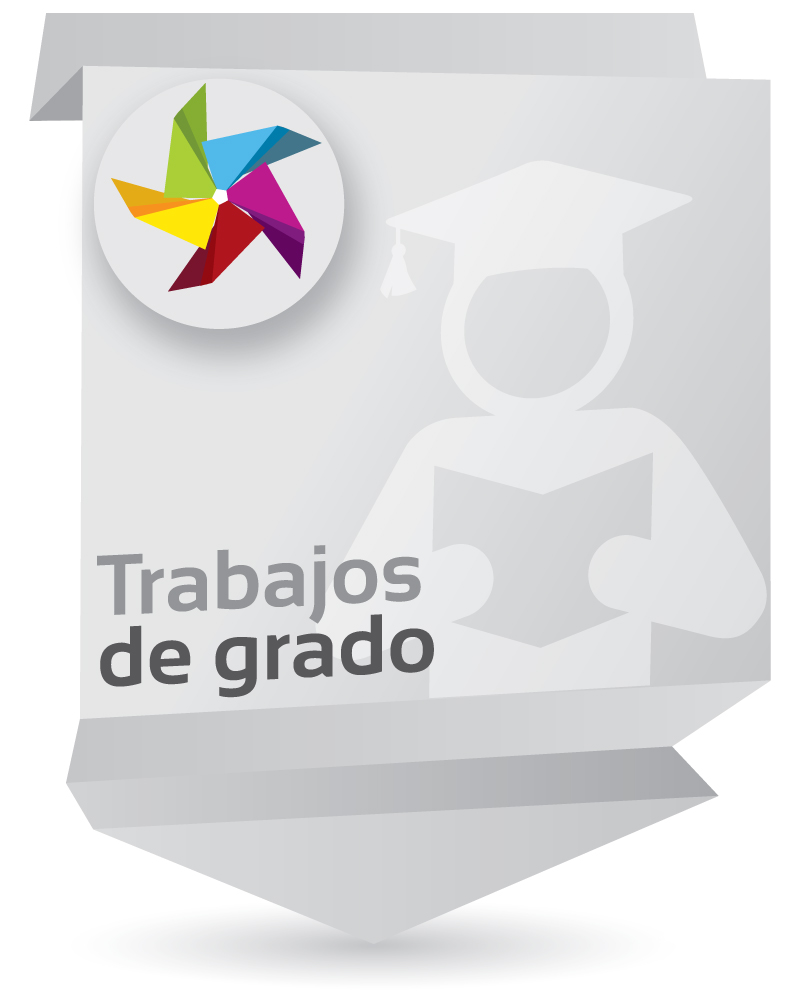Providing blended feedback on writing to fulfill secondary students’ cognitive and Affective learning needs

Visualizar/
Enlaces del Item
URI: http://hdl.handle.net/10818/46999Compartir
Estadísticas
Ver as estatísticas de usoMétricas
Catalogación bibliográfica
Apresentar o registro completoAsesor/es
Anderson, Carl EdlundData
2021-02-08Resumo
The study purpose was to test secondary students’ preference for different types of feedback on their writing and the underlying reasons for their choice to determine what kind of feedback should be given on written tasks to high school EFL students. The participants were 192 high school students between 13 and 17 years old from a private school in Bogota, Colombia. This study is an exploratory action research framed upon a mixed-method design, which collects quantitative and qualitative data within one study. To obtain the results, the teacher-researcher used two questionnaires and a short written task. Following the grounded theory, all participants’ answers were analyzed and coded to provide the teacher-researcher with a core category. During the investigation, it has been concluded that students should not receive only one type of feedback on their writing but a combination of feedback that fulfills their cognitive and affective learning needs. Keywords: blended feedback; cognitive and affective characteristics; feedback on writing; secondary EFL students. El propósito de este estudio fue el de evaluar la preferencia de los estudiantes de secundaria por distintos tipos de retroalimentación acerca de sus habilidades de escritura y las razones subyacentes de su elección para determinar qué tipo de retroalimentación es la más adecuada para los estudiantes de inglés como lengua extranjera. Los participantes fueron 192 estudiantes de secundaria, entre los 13 y 17 años, de un colegio privado en Bogotá, Colombia. Este estudio es una investigación de acción exploratoria enmarcada en un diseño de método mixto, que recopila datos cuantitativos y cualitativos. Para obtener los resultados, el docente-investigador utilizó dos cuestionarios y una breve tarea escrita.

















